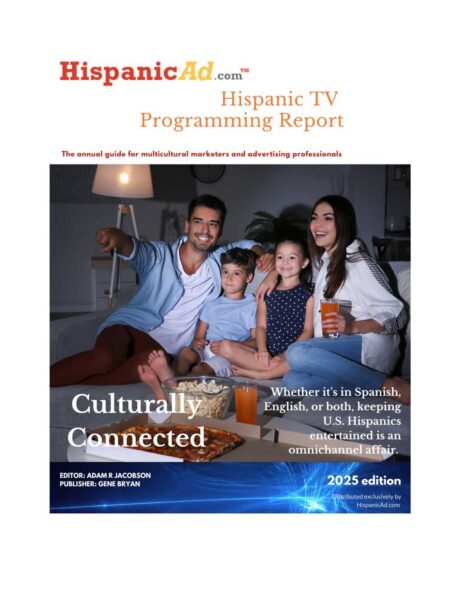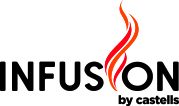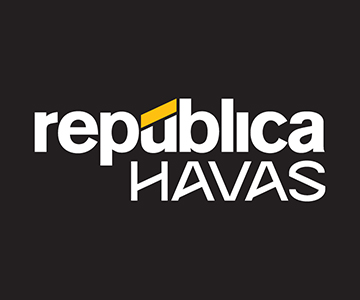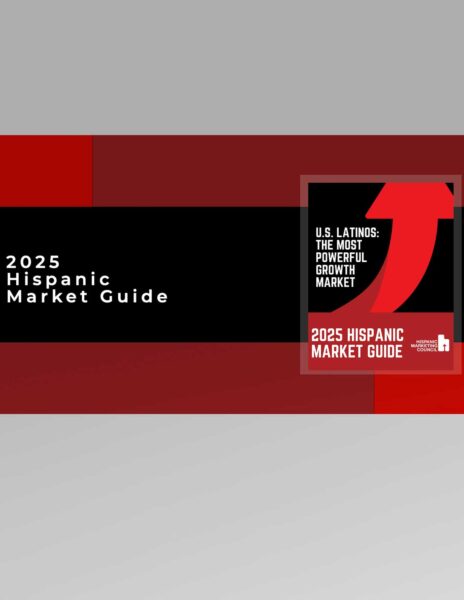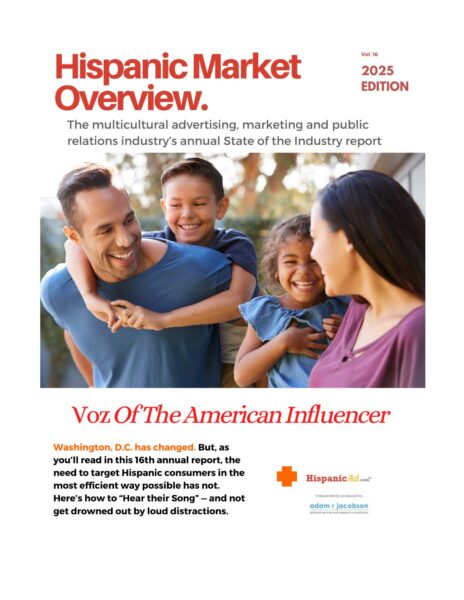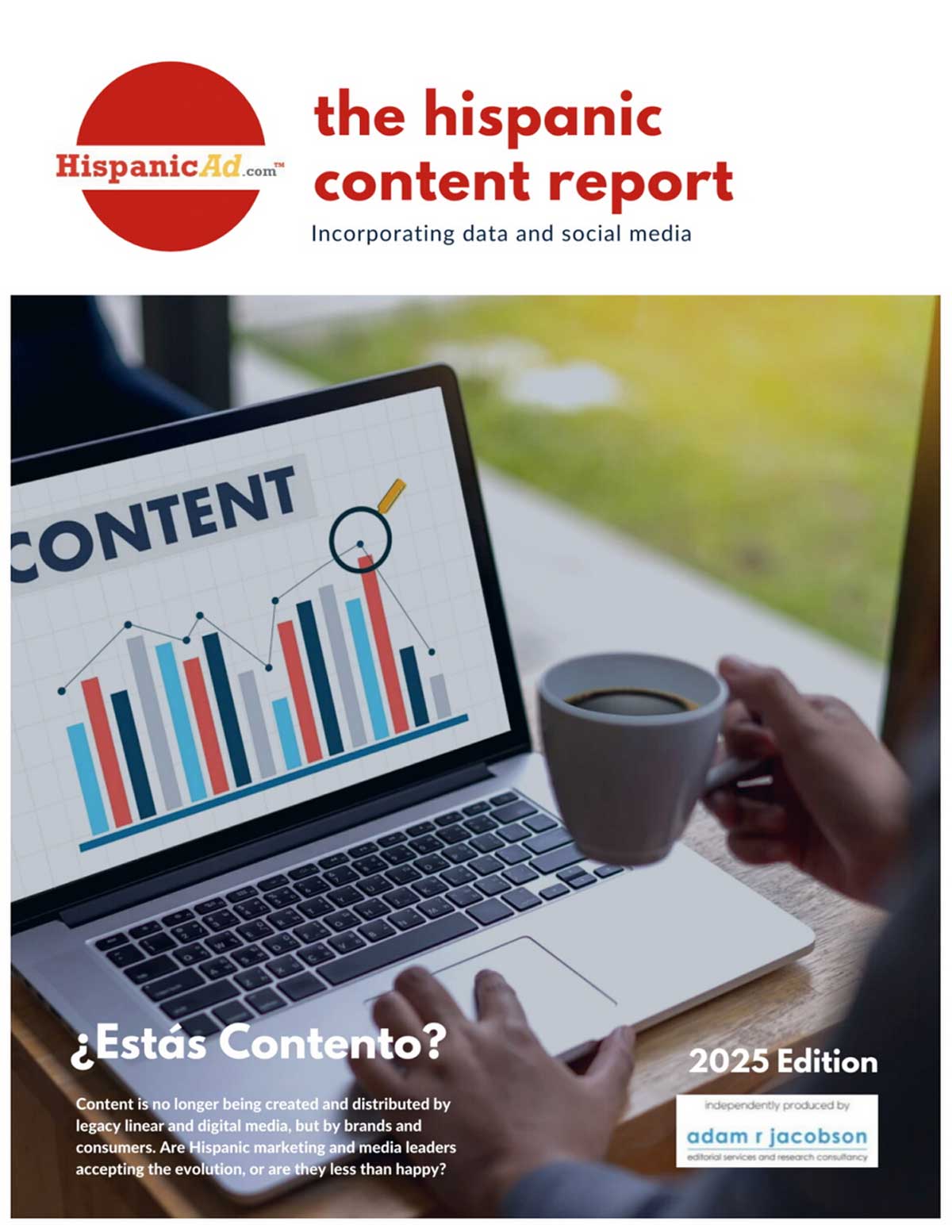Multicultural Marketing Investments Expected To Grow In 2022
By Isaac Mizrahi – Co-President of ALMA As we start a new year, there’s a sense of optimism regarding the expectations around multicultural marketing investments. Before the holiday break, I connected with a few industry leaders representing different segments and discussed the trends for 2022. Here’s an edited version of my conversations with Albert Rodriguez, … Read more


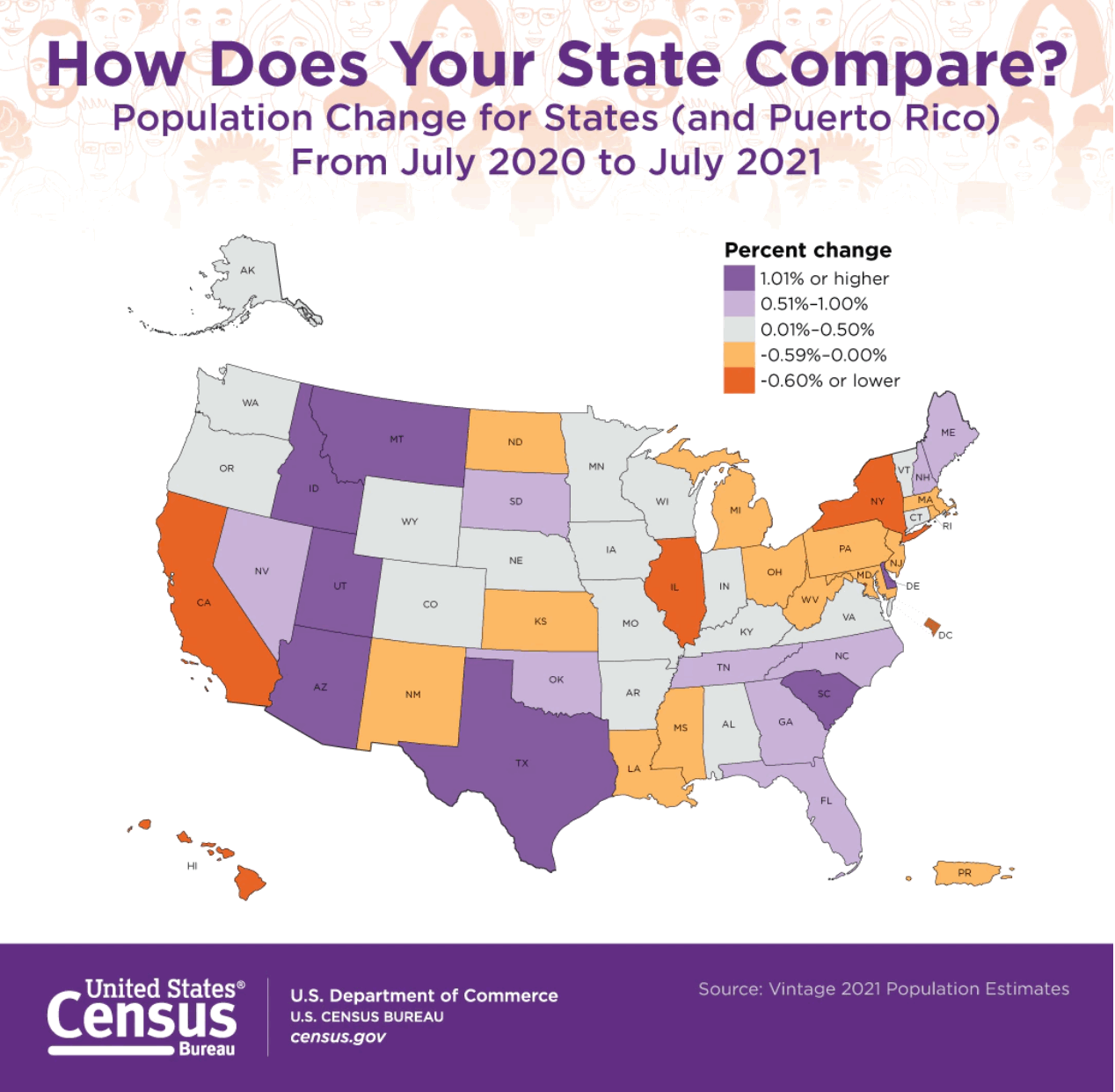 According to the U.S. Census Bureau’s Vintage 2021 the population of the United States grew in the past year by 392,665, or 0.1%, the lowest rate since the nation’s founding. The slow rate of growth can be attributed to decreased net international migration, decreased fertility, and increased mortality due in part to the COVID-19 pandemic.
According to the U.S. Census Bureau’s Vintage 2021 the population of the United States grew in the past year by 392,665, or 0.1%, the lowest rate since the nation’s founding. The slow rate of growth can be attributed to decreased net international migration, decreased fertility, and increased mortality due in part to the COVID-19 pandemic. For decades, people opened up their T.V. guide and selected programs from a handful of channels. Today viewers pick their favorite content from a variety of apps and screens, any time they want. By Laura Molen – President / Advertising & Partnerships at NBCUniversal
For decades, people opened up their T.V. guide and selected programs from a handful of channels. Today viewers pick their favorite content from a variety of apps and screens, any time they want. By Laura Molen – President / Advertising & Partnerships at NBCUniversal The hidden cost of pitching revealed.
The hidden cost of pitching revealed. Over the past few weeks, I’ve spoken to several executives from multicultural-driven companies. Almost unanimously, they share the excitement with the strong demand for their business in 2021 and optimism about the 2022 forecast. By Isaac Mizrahi – Co-President of ALMA Agency
Over the past few weeks, I’ve spoken to several executives from multicultural-driven companies. Almost unanimously, they share the excitement with the strong demand for their business in 2021 and optimism about the 2022 forecast. By Isaac Mizrahi – Co-President of ALMA Agency It sounds cool and shows inclusion, but does it resonate with the community?
It sounds cool and shows inclusion, but does it resonate with the community? The report, “LGBTQ+ Marketing Inclusion” was the first of its kind and, despite the lack of previous data, the ANA said the results were a positive indicator of overall LGBTQ+ marketing inclusion.
The report, “LGBTQ+ Marketing Inclusion” was the first of its kind and, despite the lack of previous data, the ANA said the results were a positive indicator of overall LGBTQ+ marketing inclusion. Latinos make up 18.4 percent of the US population and 17.3 percent of the US labor force, a share forecast to rise more than 30 percent by 2060. Latinos start more businesses and have higher rates of intergenerational mobility, and their share of skilled and higher-paid occupations has increased in the past decade. As a population, they increasingly embody—in spirit and reality—the American dream that hard work pays off and each successive generation will be better off than the one before.
Latinos make up 18.4 percent of the US population and 17.3 percent of the US labor force, a share forecast to rise more than 30 percent by 2060. Latinos start more businesses and have higher rates of intergenerational mobility, and their share of skilled and higher-paid occupations has increased in the past decade. As a population, they increasingly embody—in spirit and reality—the American dream that hard work pays off and each successive generation will be better off than the one before.








